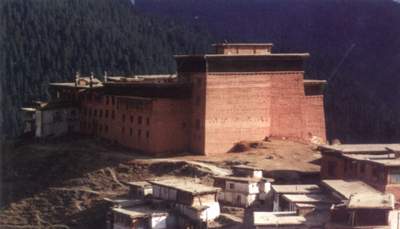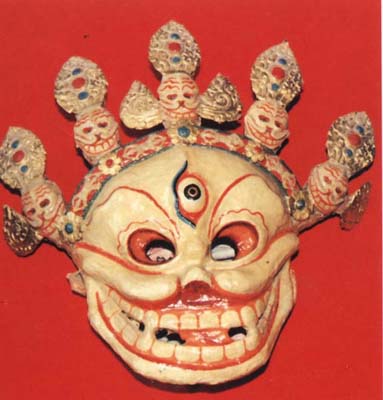Tibetan Buddhism carries the cream of the Bon religion. So far as the system is concerned, however, Tibetan Buddhism is fundamentally different from that primitive religion. Tibetan Buddhism has its own system in doctrines, sutras, disciplines, and monk and monastery rules and regulations. These exert strong influence on the people in the Tibetan-inhabited area in Sichuan Province.

While the Bon religion was destroyed with the rise of Tibetan Buddhism in history, the Bon religion still has many monasteries and worshippers in the Tibetan-inhabited area in Sichuan. There, people who worship Tibetan Buddhism and the Bon religion at the same time exist. It is common that some chant Buddhist scriptures while others recite doctrines of the Bon religion when a religious activity is held.

In the Tibetan-inhabited area in Sichuan, religious forces do their best to satisfy the government rulers, while also supporting various headmen who have their own temples. Dege headman's family temples included Zuqen monastery of the Nyingma Sect, Babang Monastery of the Gagyu Sect and Baiyu Monastery of the Nyingma Sect, which are all famous locally.
It was a rule that in the Dege headman's family with two sons, the eldest should be tonsured to a monastery to be a religious leader, and the second soon would take over the position as the headman when his father died. When a headman's family had only one son, he would serve as religious leader and concurrently headman when his father died. In this case, the so-called "religious leader"refers to the abbot of his family temple without any religious power to dictate to Babang, Zuqen and other monasteries.
